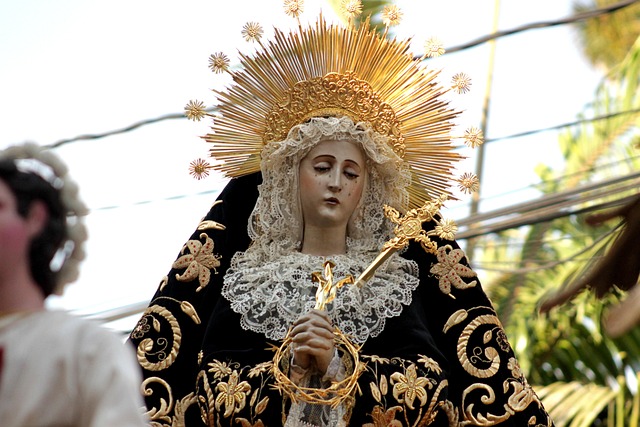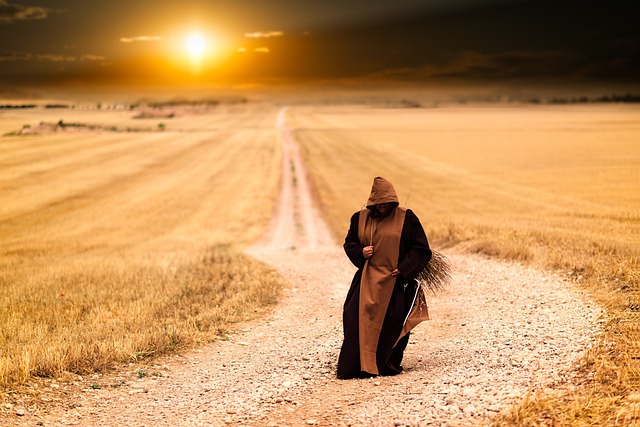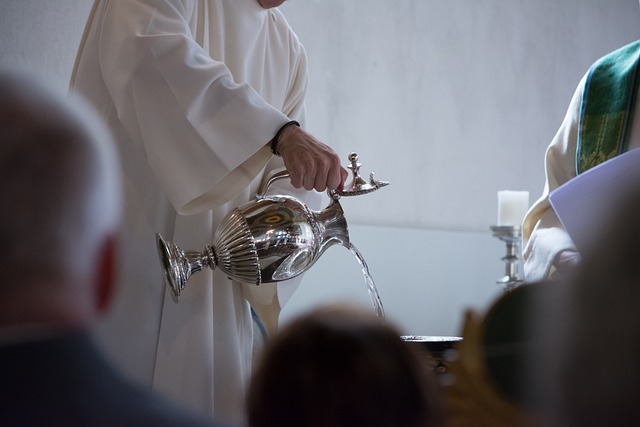The Sacred Traditions of Holy Week: A Ritualistic Journey Through Religion
Holy Week is a profound period steeped in tradition, reverence, and reflection within the Christian faith. It marks the final week of Lent and the lead-up to Easter Sunday, a pivotal time laden with deep significance and ritualistic practices that bring congregations together in unity and devotion. As we delve into the essence of Holy Week, we discover it is much more than a mere sequence of events; it is a vibrant tapestry of rituals that echo the passion and resurrection of Jesus Christ.
The journey begins on Palm Sunday, where believers commemorate Jesus’ triumphant entry into Jerusalem. This moment is symbolized by the waving of palm branches, a gesture rooted in victory and honor. As churchgoers participate in this ritual, they feel a connection to the historical events that shaped their faith. The joy of waving palms serves as a reminder of the hope and anticipation that Holy Week brings, setting the tone for the somber days that follow.
Traditionally, Holy Week encompasses Maundy Thursday, which is dedicated to the Last Supper. On this night, the washing of feet is performed as a symbol of humility and service. This ritual invites us to reflect on our own relationships and our commitment to one another, following Christ’s example of love and sacrifice. The sharing of communion during this sacred meal encapsulates the essence of togetherness, fostering a sense of community among the faithful.
Good Friday stands at the heart of Holy Week and is marked by solemnity and grief as Christians observe the crucifixion of Jesus. The rituals of this day vary across denominations but often include lengthy services, prayer vigils, and even reenactments of the Passion. The somber atmosphere resonates deeply with the congregation, allowing individuals to confront their own struggles and the weight of collective sin. By participating in these rituals, the faithful experience a unique catharsis that brings them closer to understanding the gravity of sacrifice and redemption.
As we transition to Holy Saturday, a time of waiting and reflection unfolds. In many churches, this day is observed with a Vigil Service that flows into the celebration of Easter Sunday. The rituals during this time often include lighting a new fire, the Paschal candle, and the reading of scripture that foretells the resurrection. The feeling of anticipation swells as believers reflect on the transition from death to life, darkness to light. The atmosphere is charged with hope as families prepare for the joyous celebration that follows.
Finally, Easter Sunday bursts forth with a powerful declaration of resurrection. The rituals of this day are marked by communal worship, joyous singing, and vibrant decorations that symbolize new life. The sharing of the Easter message encapsulates the feelings of renewal and rebirth, embodying the ultimate victory over death. It is a moment when believers come together to affirm their faith, to support one another, and to celebrate not only the resurrection of Christ but their own personal journeys of transformation.
Throughout Holy Week, each ritual draws individuals deeper into their faith, fostering a sense of belonging and shared purpose. The sacred traditions serve as a reminder that in the midst of life’s trials and tribulations, there exists a path toward hope and renewal. Participants are encouraged to engage their senses, from the fragrant palms of Palm Sunday to the flickering candles of the Easter Vigil, creating an immersive experience that resonates on a spiritual level.
In essence, Holy Week offers a ritualistic journey that transcends time and space, bridging the past with the present and establishing a sacred connection among believers. As individuals immerse themselves in the spiritual significance of each day, they not only reflect on the teachings of Christ but also embrace the carrying forward of these sacred traditions into their own lives, illuminating the way through love, forgiveness, and compassion.



